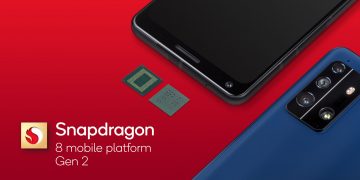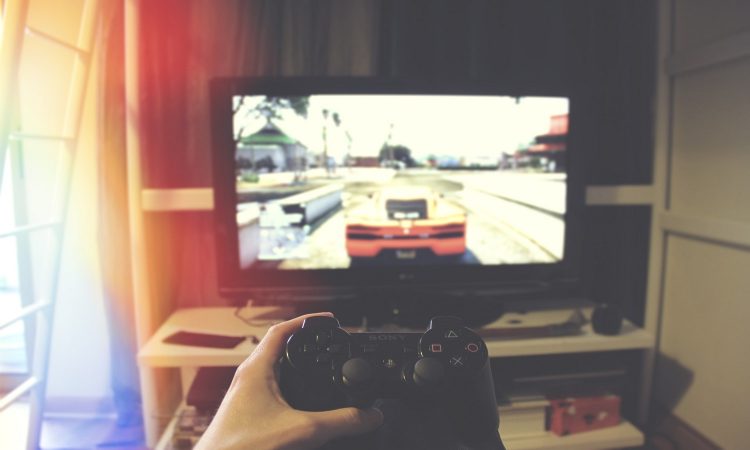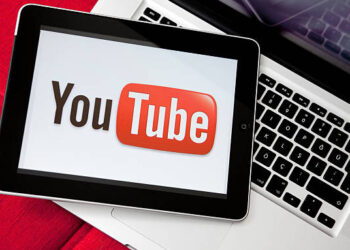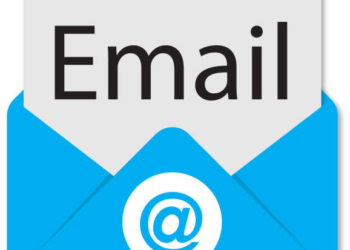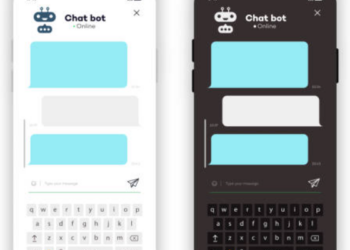Games are enjoyed by people irrespective of their age groups. Humans are naturally drawn to the idea of gaining points and rewards. Because of this, gamification methods have gone beyond playground activities and board games. Gamification is used in almost every industry today to get customers and employees more interested in a product or service.
Gamification strategies encourage people to spend more time using a product or app. Read on to learn more about gamification techniques and how to use them at work to get people to work harder and be more productive. Read on to learn more about gamification techniques and how to use them at work to get people to work harder and be more productive.
What is Gamification?
Gamification is the technique of using game-like dynamics to reward participation for producing desired results. Rivalry, point scoring, and other gameplay components replace uncommon tasks like staff engagement programs or internet marketing initiatives.
In a business scenario, gamification is employed in various departments, including marketing, HR, sales, and supply chain. For instance, a business can use gamification techniques to motivate staff to do activities that drive leads, sign-ups, or meetings with skilled candidates.
Gamification Through the Lens of Stats
Why is gamification in the workplace becoming so common? The major reason is its quick implementation. Just consider these gamification stats:
- 90% of employees believe that gamification improves their productivity.90% of employees believe that gamification improves their productivity.
- A gamified work environment reportedly increases engagement among employees by 60%.
- Gamification tactics increase an organization’s profitability seven times over those that don’t.
The Best Gamification Strategies for Online Businesses
The advantages of gamification are numerous. However, there are also traps, and some businesses overdo these techniques, which has an adverse effect on corporate goals. Let’s go through which gamification techniques in the workplace do well and which do not.
Provide Creative Rewards Provide Creative Rewards
Reverting back to rewards, it’s critical to remember that certain rewards are more worthwhile than others. For instance, Instructure has undeniably experienced tremendous success with iPads and gift certificates. Material awards, however, won’t be effective for every team or every business.
If you look closely, gamification rewards linked to professional recognition and growth work best.
These include gifts like
- a meal with the CEO
- a VP’s LinkedIn endorsement
- a shout-out at an all-hands meeting
- an offer to write a guest blog post for the company website, etc.
It’s worth noting that all the above rewards are no-cost. Even connecting a WordPress rewards plugin to your website costs, you nothing.
Avoiding Overemphasizing Rewards
It is a mistake to believe that individuals will only participate in activities for significant and eye-catching rewards. The most effective gamification techniques for businesses include competitiveness. Relying on luring rewards to inspire staff has two drawbacks:
- Long-term funding for large rewards is impossible.
- It might produce erroneous incentives. Alternatively, people ultimately resort to cheating to succeed.
Take The Bird’s Eye View
Consider the big picture, picture, no matter who you are or what you plan to do. At first, getting people enthused about introducing a gamification method is quite simple. But that excitement can wear off over time, especially if your gamification methods are too hard to understand. But that excitement can wear off over time, especially if your gamification methods are too hard to understand.
Going too far too soon is one of the main pitfalls to watch out for when it comes to gamification in the workplace. Any action you take should be suitable for the audience, not just a one-off event. After all, sustained engagement should be the desired outcome, not a quick surge.
Give Your Audience a Level Playing Field
It is recommended for organizations to share their score systems when they assist them in gamifying employee influencer programs. Sharing a scoring system helps everyone understand how the game works, what the goal is, and how to win. Sharing a scoring system helps everyone understand how the game works, what the goal is, and how to win.
Naturally, gamification in the workplace should always be about a bigger objective (such as generating new leads or expanding brand awareness). Therefore, making the rules of the game clear initially makes it easier for everyone to engage, regardless of who wins.
Focus on all, not just the high performers
No, everyone is not a winner in a business environment. However, every participant should get something.
Even if the top 10% of participants produce most of the benefits and 90% of them are actively participating, that’s a significant success. Therefore, I appreciate all your participation. After all, teamwork is a key component of gamification in business.
Also, you should reward your top performer. However, you also need to remember to recognize your participants. If you don’t, engagement will probably drastically decline.
Mandatory Monitoring and Reporting
You know the adage, “If it’s not monitored, it’s not there”? That unquestionably applies to gamification techniques as well. There are several reasons why monitoring is necessary. However, the most crucial ones are:
- Participants benefit from knowing where they stand and how to raise their performance.
- It aids the program manager in determining whether the program is effective at producing results.
Wrap Up
You might consider how to organize and carry out gamification tactics at your organization with these ideas and insights regarding gamification for the organization. Competition makes things more entertaining, but it’s necessary to use caution and moderation.
Source by techenger.com





